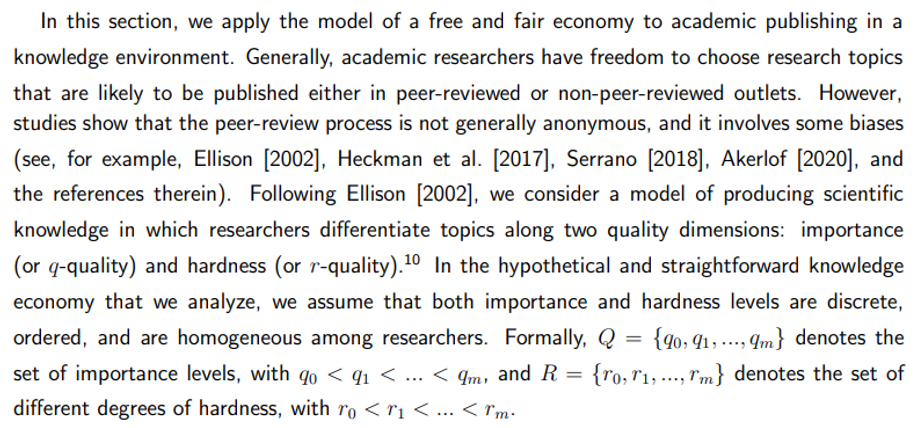Deloitte issues a refund for an AI-generated government report in Australia that contained numerous errors and inaccuracies
The Department of Employment and Workplace Relations (DEWR) has confirmed that Deloitte will issue a partial refund payment for putting out an Australian government report that contained several errors after confessing it was partially put together with help from AI.
The exact amount the Big Four accountancy and consultancy firm will pay is still under wraps. However, the details will become available after the process is finalized.
A corrected version of the review has been published
Deloitte is not denying that some footnotes and references in its report were inaccurate, Australia’s Department of Employment and Workplace Relations said on Monday.
The report, which was touted as an “independent assurance review” was commissioned by the department for $439,000 December last year to help it assess issues it was having with a welfare system that automatically penalized jobseekers.
A corrected version of the report has now been uploaded to the department’s website, weeks after the Australian Financial Review highlighted the errors within the document. They ranged from references and citations to non-existent reports by academics at the universities of Sydney and Lund in Sweden.
Despite the mistakes, the government says the substance of the review and its recommendations remain unchanged, and the contract will be available for public viewing after the conclusion of the transaction.
The scandal has called attention once again to the risks linked to AI hallucinations, especially now that more consultancies have started using AI technology to perform risk assessments and obtain evidence.
The Big Four consulting firms, as well as strategy houses such as McKinsey, have spent billions on AI research and development, hoping to keep their nimble smaller competitors at bay.
Unfortunately, for all the cash being funneled into those endeavors, little is going into fact-checking. In June, Big Four firms were called out for not monitoring how automated tools and AI affect the quality of their audits.
Deloitte has refused to outrightly admit that AI was responsible for the mistakes in its original report; it acknowledged that the updated version had corrections and that the matter has been resolved directly with the client.
Deloitte faces scrutiny from UK regulators
Just as Deloitte is resolving its issue with Australian regulators, it is getting drawn into another investigation by the UK’s Financial Reporting Council (FRC).
The FRC is looking into the company and Azets regarding their audits of Stenn, a fintech company that U.S. authorities linked to a money laundering case involving its Russian founder, Greg Karpovsky. However, he has denied any wrongdoing related to the company’s operations.
The FRC will review audits conducted between 2017 to 2023 with a focus on Stenn Assets UK Limited and Stenn International Limited, following concerns over potentially suspicious transactions.
Deloitte was appointed as auditor in 2023, taking over from Azets, which took over from EY, a firm that resigned in 2018, citing concerns about related party transactions and management explanations.
Both companies have said they will cooperate fully with the FRC’s investigation and uphold high audit quality standards.
The smartest crypto minds already read our newsletter. Want in? Join them.
You May Also Like

All Eyes On Solana: $15-B Stablecoin Supply, ETF Demand Drive Next Leg Up

Academic Publishing and Fairness: A Game-Theoretic Model of Peer-Review Bias
